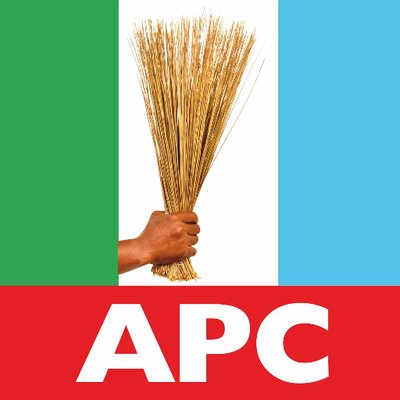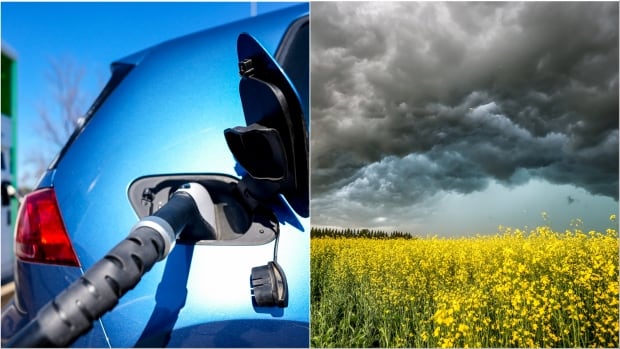Prime Minister Justin Trudeau is in Philadelphia today, on his first trip south of the border since his government launched a new “Team Canada” charm offensive in the United States.
Officially, he is in Pennsylvania after accepting an invitation to speak at the Service Employees International Union quadrennial North American convention.
But the trip comes five months after Trudeau dispatched his industry and international trade ministers to lead the new trade strategy with American business leaders, labour unions and state and municipal governments.
The plan comes as Americans are headed toward a pivotal presidential election for both countries.
A potential return to the White House by Donald Trump brings memories of the difficult bilateral relationship during his first term.
Trump has already promised to introduce a 10 per cent flat import tax on all countries if he wins a second time.
In January, Trudeau acknowledged a second Trump presidency isn’t on Canada’s wish list.
“It wasn’t easy the first time and if there’s a second time, it won’t be easy, either,” he said in a speech in Montreal.
He noted in that same speech that he spent a lot of time during Trump’s presidency meeting with U.S. state governors to remind them how much they depend on Canada.
One week later, he launched what was described in a press release as the renewed “Team Canada strategy on engagement with the United States.”
Canada, U.S. trade
It’s a similar strategy to the one employed during the Trump presidency, when Ottawa avoided taking on Trump directly as much as possible and instead looked to the businesses and state governments that were more open to discussions.
The bilateral relationship during President Joe Biden’s term has been friendlier, though not without its own bumps.
Canada and the U.S. have been moving in lockstep on a number of clean tech innovations, including growing ties in the electric vehicle supply chain involving critical minerals, EV batteries and semiconductors.
Initially, Biden intended to offer a lucrative EV tax credit only to American-made cars. An all-out effort by Canada convinced the U.S. to expand it to include North American-made cars before the credit was finalized.
Canada is the single biggest player in the U.S. economy, representing almost one-fifth of total American exports. Mexico accounts for about one-sixth and China accounts for less than one-tenth.
But the U.S. is a much more dominant market for Canadian exports, accounting for 77 per cent of all Canadian exports in 2023.
China sits in second place with $30 billion, or four per cent of total exports.
Canada has invested $30 billion in the electric vehicle sector in the last two years alone and is becoming the North American hub for EV battery production. But many of those batteries are destined for electric vehicles that will be completed and sold in the U.S.
The U.S. is also looking to Canada as a key supplier of the critical minerals needed for most clean technologies, including renewable power and batteries.
Any adjustments in import taxes could have a devastating effect on that plan.
Trudeau is also set to meet with political and business leaders during his one-day visit.






